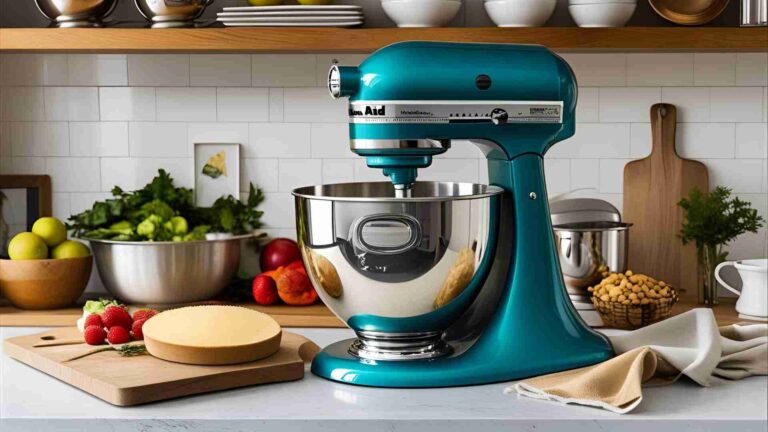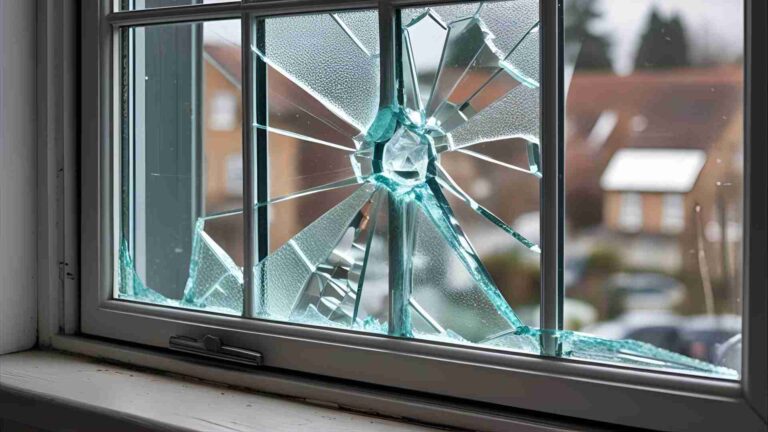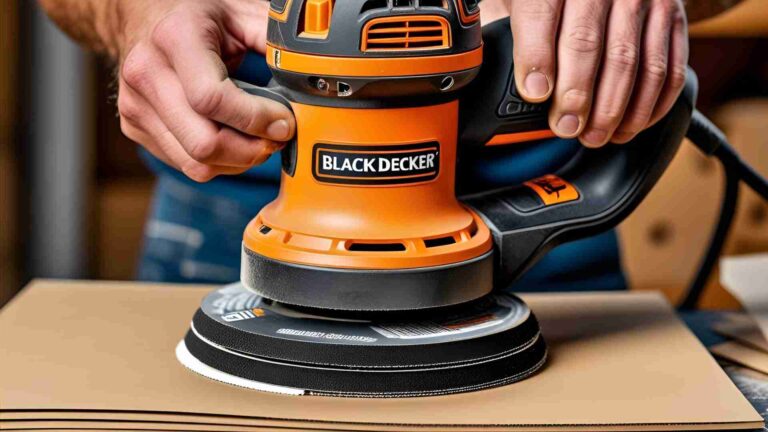Are Blackout Curtains Bad for You? Let’s Explore the Truth
Discover if blackout curtains are bad for your health. Explore their benefits, risks, and how to choose safe, non-toxic options for better sleep and comfort.
Blackout curtains have become a staple in many homes, valued for their ability to block light, improve sleep, and enhance privacy. However, concerns about their safety, particularly regarding toxicity from materials like PVC and VOCs, have sparked debates. This comprehensive guide explores the truth about blackout curtains, their health implications, benefits, and how to choose safe, non-toxic options. Whether you’re setting up a napping area in a small room or improving your bedroom’s sleep environment, this article provides actionable insights to make informed decisions.
What Are Blackout Curtains?
Blackout curtains are specialized window coverings designed to block nearly all external light, creating a dark environment conducive to sleep or privacy. Unlike regular curtains, they feature multiple layers, including a tightly woven or coated middle layer that prevents light penetration. These curtains are popular in bedrooms, nurseries, and urban homes where light pollution from streetlights or passing cars disrupts rest.
How Blackout Curtains Work
Blackout curtains typically consist of three layers:
- Decorative Front Layer: The visible part, available in various colors and patterns to match your decor.
- Light-Blocking Middle Layer: Often made of tightly woven fabric or a coated material like polyester or PVC, this layer stops light from passing through.
- Backing Layer: Faces the window, providing additional insulation and durability.
This design ensures 95-100% light blockage, making them ideal for daytime sleepers, shift workers, or those sensitive to light. They also offer insulation, keeping rooms cooler in summer and warmer in winter, and reduce external noise.
Health Concerns: Are Blackout Curtains Toxic?
The primary health concerns surrounding blackout curtains stem from the materials used in their construction, particularly polyvinyl chloride (PVC) and volatile organic compounds (VOCs). Let’s break down these concerns and their implications.
PVC and Phthalates
PVC is a common material in some blackout curtains, especially those with plastic coatings or in roller blinds. PVC can release phthalates, chemicals linked to health risks such as:
- Immune System Damage: Prolonged exposure may weaken immune responses.
- Reproductive Health Issues: Phthalates are endocrine disruptors, potentially affecting fertility.
- Increased Cancer Risk: Some studies, like those cited by WebMD, suggest a link to liver and brain cancer.
- Liver Damage: Chronic exposure may harm liver function.
Phthalates are released through a process called off-gassing, where chemicals leach into the air, especially when curtains are new or exposed to heat. In small, poorly ventilated spaces like a closet-sized napping area, this can be a particular concern.
Volatile Organic Compounds (VOCs)
VOCs are chemicals emitted as gases from certain solids or liquids, including some blackout curtain materials like polyester or foam backings. VOCs can degrade indoor air quality, leading to:
- Respiratory Issues: Symptoms like wheezing or asthma exacerbation.
- Headaches and Dizziness: Short-term exposure may cause discomfort.
- Nausea: High VOC levels can trigger nausea or irritation.
According to Blackouts Direct, VOCs are more prevalent in curtains with synthetic coatings. Prolonged exposure, especially in confined spaces, may exacerbate these symptoms, particularly for sensitive individuals like children or those with allergies.
Other Considerations
- Allergen Accumulation: Like any fabric, blackout curtains can collect dust and allergens, potentially triggering allergies if not cleaned regularly.
- Mold Growth: Poor ventilation in rooms with blackout curtains can lead to moisture buildup, fostering mold, which poses respiratory risks.
Mitigating Risks: Choosing Safe Blackout Curtains
While some blackout curtains pose potential risks, these can be minimized with informed choices and proper care. Here’s how to select and maintain safe blackout curtains.
Selecting Safe Materials
Opt for curtains made from natural or certified non-toxic materials to reduce exposure to harmful chemicals:
- Organic Cotton: Breathable, hypoallergenic, and free from synthetic coatings.
- Linen: Durable and naturally low in VOCs.
- Bamboo: Sustainable and often free from harmful chemicals.
- Polyester with Safe Coatings: Look for low-VOC or VOC-free options.
- Velvet: Thick and effective at blocking light without chemical coatings.
Certifications like OEKO-TEX Standard 100 or Greenguard ensure curtains have been tested for harmful substances. Brands like Dolcewe.com and Pottery Barn offer OEKO-TEX-certified blackout curtains, guaranteeing low chemical emissions.
Proper Care and Maintenance
To minimize health risks:
- Air Out New Curtains: Hang curtains in a well-ventilated area for 24-48 hours before installing them in a small space. This allows initial off-gassing to dissipate.
- Wash Before Use: Machine wash on a gentle cycle with mild detergent to remove residual manufacturing chemicals, as recommended by Blackouts Direct.
- Regular Cleaning: Vacuum with a HEPA filter or wash every 3-6 months to prevent dust and allergen buildup.
- Ensure Ventilation: Use a fan or open windows periodically to maintain air circulation, especially in small rooms.
- Monitor Air Quality: Consider an air purifier with VOC monitoring, like the Dyson HP09, to ensure low VOC levels.
Certifications to Look For
When shopping, prioritize curtains with these certifications:
- OEKO-TEX Standard 100: Tests for over 100 harmful substances.
- Greenguard: Ensures low chemical emissions for indoor air quality.
- GOTS (Global Organic Textile Standard): Guarantees organic materials and ethical production.
These certifications provide peace of mind, especially for sensitive environments like nurseries or small napping areas.
Benefits of Blackout Curtains
Despite potential risks, blackout curtains offer significant benefits that make them a popular choice for improving sleep and home comfort.
Improved Sleep Quality
Darkness triggers melatonin production, a hormone that regulates sleep-wake cycles. Blackout curtains create a dark environment, helping:
- Shift Workers: Sleep during daylight hours.
- Light-Sensitive Sleepers: Avoid disruptions from streetlights or early morning sun.
- Children: Maintain consistent sleep schedules.
A Norwegian survey found that 63.3% of adults use blackout curtains, with younger individuals (under 30) using them most frequently, highlighting their popularity for sleep optimization.
Energy Efficiency
Blackout curtains provide insulation, reducing heat gain in summer and heat loss in winter. This can:
- Lower cooling costs by up to 10 degrees in hot climates.
- Reduce heating bills by retaining warmth.
- Decrease reliance on air conditioning and heating, saving energy and money.
Noise Reduction and Privacy
The thick layers of blackout curtains muffle external noise, such as traffic or neighbors, creating a quieter sleep environment. They also enhance privacy by preventing outsiders from seeing into your home at night.
Health Benefits of Better Sleep
Adequate sleep (7-9 hours for adults, per the CDC) supports overall health, reducing risks of:
- Anxiety and depression
- Cardiovascular diseases
- Type 2 diabetes
- Obesity
- Work-related accidents
By improving sleep duration and quality, blackout curtains contribute to long-term wellness.
Alternatives to Blackout Curtains
If toxicity concerns persist, consider these alternatives for darkening a small room:
- Window Films: Static cling films, like those from Ergopouch, block light without fabric. Vinyl-based films may still off-gas, so choose reputable brands.
- Blackout Shades: Paper or cellular shades, available at Home Depot or Amazon, offer temporary light-blocking solutions.
- Aluminum Foil or Cardboard: Budget-friendly options that block light effectively but may not be aesthetically pleasing.
- Heavy Quilts or Non-Blackout Fabric: Thick fabrics reduce light without chemical coatings, though they may not achieve full blackout.
- Eye Masks: Organic silk masks, like those from Clementine Sleep, block light at the source without altering room decor.
For a small, closet-sized napping area with a large window, a combination of window film and non-toxic fabric curtains may balance light blockage and safety.
Addressing Specific Concerns: Small Room Napping Area
For a closet-sized room with a large window, toxicity concerns are heightened due to limited ventilation. Here’s a tailored approach:
- Choose OEKO-TEX-Certified Curtains: Brands like Sleepout or IKEA offer 100% cotton or low-VOC polyester options. Sleepout curtains, for example, are praised for minimal odor and zero VOC readings with air purifiers.
- Supplement with Window Film: Apply a reusable, vinyl-based film like Ergopouch for additional light blockage. Ensure the room is aired out after installation.
- Ventilation: Install a small fan to maintain air circulation, reducing VOC accumulation.
- Air Purifier: Use a VOC-monitoring purifier, like the Dyson HP09 or Austin Air Healthmate, to ensure clean air.
- Wash Curtains: Pre-wash curtains to remove manufacturing residues, and clean regularly to prevent dust buildup.
Example Setup for a Small Napping Area
| Component | Recommendation | Price Range | Source |
|---|---|---|---|
| Blackout Curtains | Sleepout OEKO-TEX Cotton Blackout Curtains | $50-$100 | Sleepout.com |
| Window Film | Ergopouch Static Cling Blackout Film | $20-$40 | Ergopouch.com |
| Air Purifier | Dyson HP09 with VOC Monitor | $400-$600 | Dyson.com |
| Fan | Small Desk Fan | $15-$30 | Amazon |
Comparing Blackout Curtains to Other Window Coverings
To understand blackout curtains’ value, compare them to other options:
| Feature | Blackout Curtains | Regular Curtains | Blinds | Window Film |
|---|---|---|---|---|
| Light Blocking | 95-100% | Poor to Moderate | Moderate | 90-100% |
| Temperature Control | Very Good | Minimal | Moderate | Minimal |
| Noise Reduction | Good | Poor | Poor | None |
| Health Benefits | Better Sleep, Energy Savings | Limited | Some Light Control | Light Control |
| Customization | Highly Customizable | Customizable | Limited | Limited |
| Price Range | $26.99-$150 | $10-$100 | $20-$200 | $15-$50 |
Blackout curtains excel in light blockage and insulation, making them ideal for sleep-focused environments.
Chart: Blackout Curtain Decision Flow

This flowchart guides users through selecting safe blackout curtains, emphasizing certifications, materials, and ventilation.
Seasonal Benefits of Blackout Curtains
Blackout curtains offer year-round advantages:
- Summer: Block heat, reducing cooling costs by up to 10 degrees.
- Winter: Insulate windows, retaining warmth and lowering heating bills.
- All Seasons: Enhance privacy and reduce noise, improving overall comfort.
When to Replace Blackout Curtains
Quality blackout curtains last 5-7 years with proper care. Replace them if you notice:
- Fading colors
- Thinning fabric
- Light leakage
- Persistent odors despite washing
FAQ: Common Questions About Blackout Curtains
No, when chosen and maintained properly, blackout curtains are safe and beneficial for sleep and comfort. Opt for certified, non-toxic materials to minimize risks.
They can collect dust, like any fabric, but regular cleaning prevents allergen buildup. Choose hypoallergenic materials like cotton for sensitive individuals.
Yes, by blocking light, they promote melatonin production, helping you fall asleep faster and stay asleep longer.
Look for OEKO-TEX or Greenguard certifications, prioritize natural materials, and ensure proper ventilation and cleaning.
Yes, options include window films, paper shades, aluminum foil, or eye masks, depending on your needs and aesthetic preferences.
Conclusion: Are Blackout Curtains Right for You?
Blackout curtains are not inherently harmful and offer significant benefits, including better sleep, energy savings, and enhanced privacy. While concerns about PVC, VOCs, and allergens are valid, they can be mitigated by choosing certified, non-toxic materials, ensuring proper ventilation, and maintaining regular cleaning. For small spaces like a closet-sized napping area, combining OEKO-TEX-certified curtains with window films and an air purifier creates a safe, dark environment.
Brands like Dolcewe.com offer custom-sized, OEKO-TEX-certified blackout curtains starting at $26.99, making them an accessible investment for improved sleep and comfort. By balancing light control with health-conscious choices, blackout curtains can transform your home into a restful sanctuary without compromising safety.
Please share this Are Blackout Curtains Bad for You? Let’s Explore the Truth your friends and do a comment below about your feedback.
We will meet you on next article.
Until you can read, 8 Shed Roof Advantages And Disadvantages To Know






